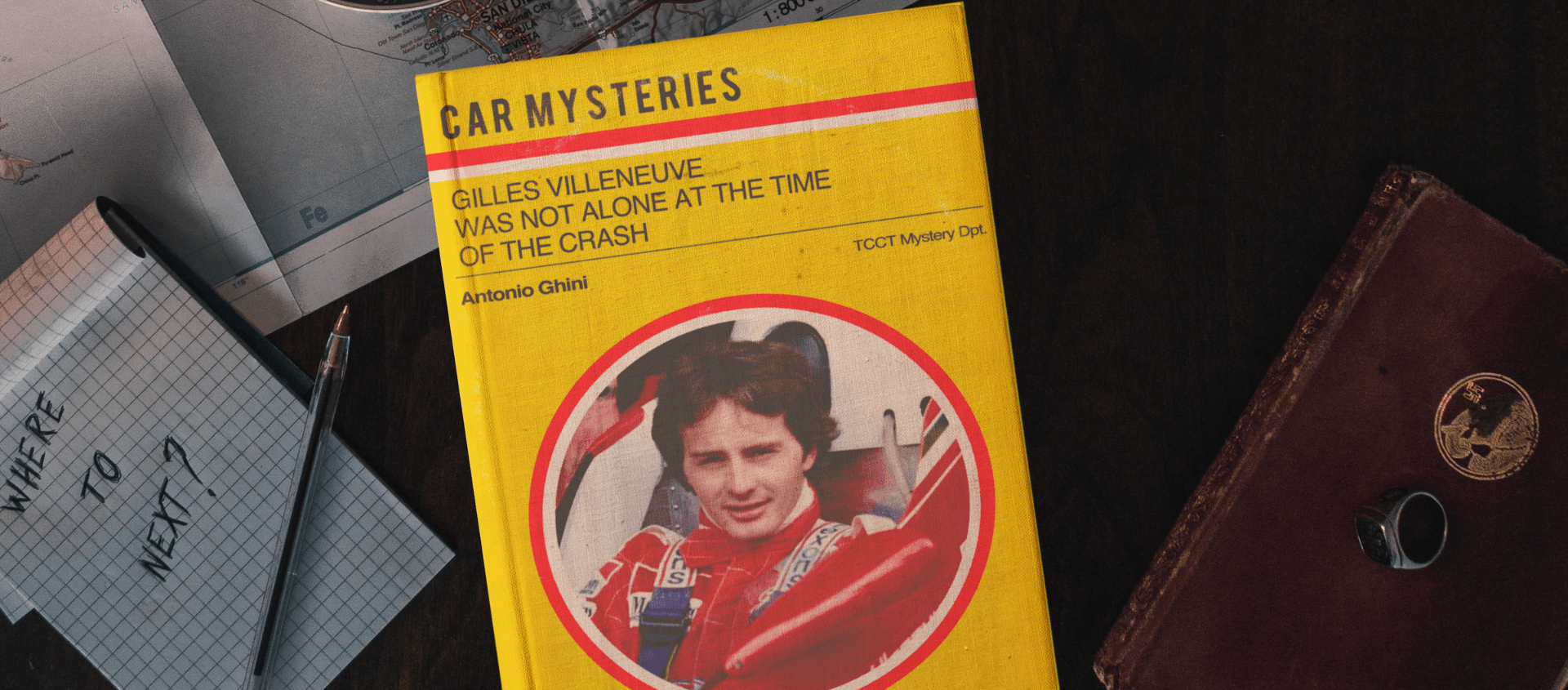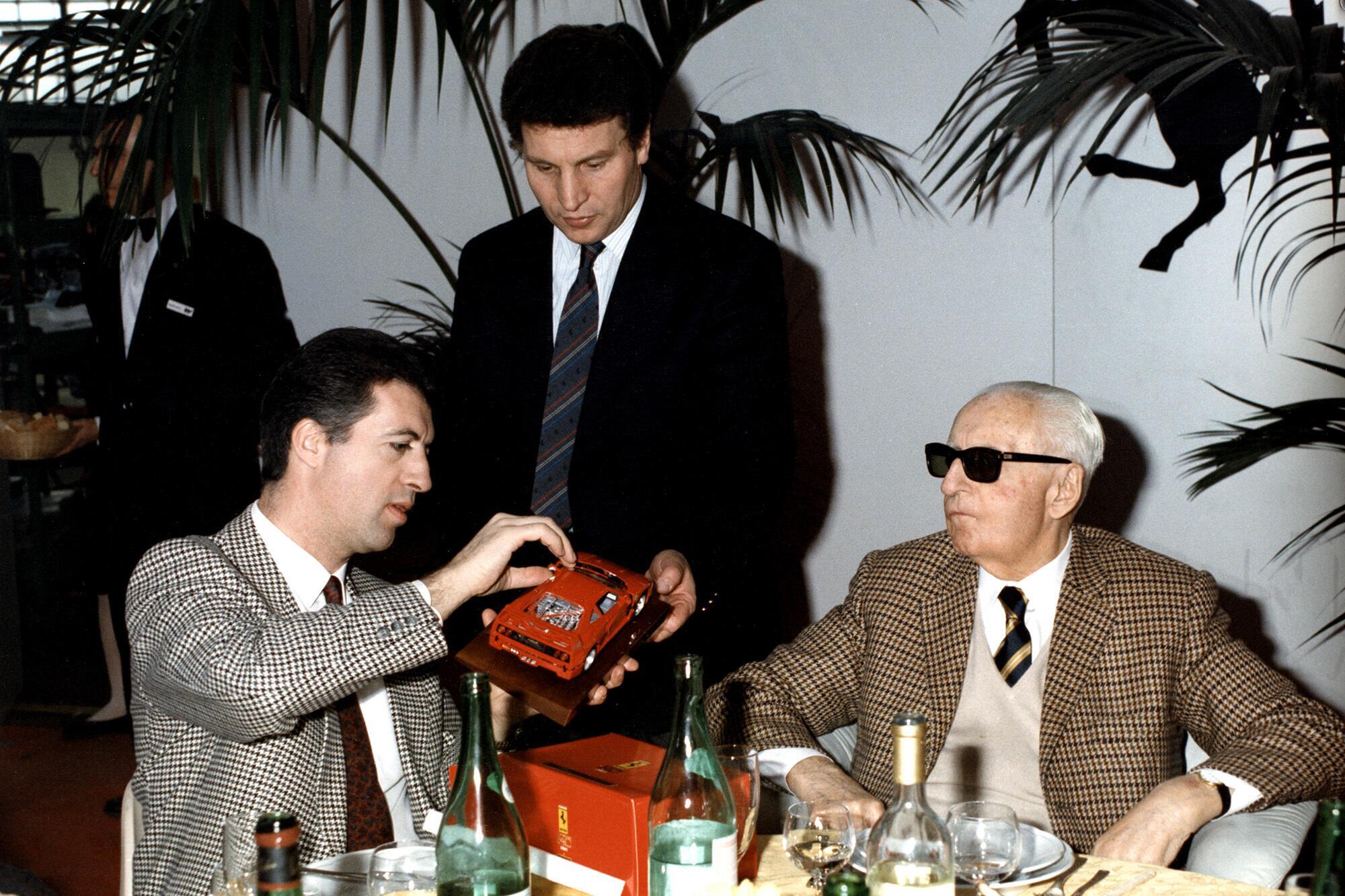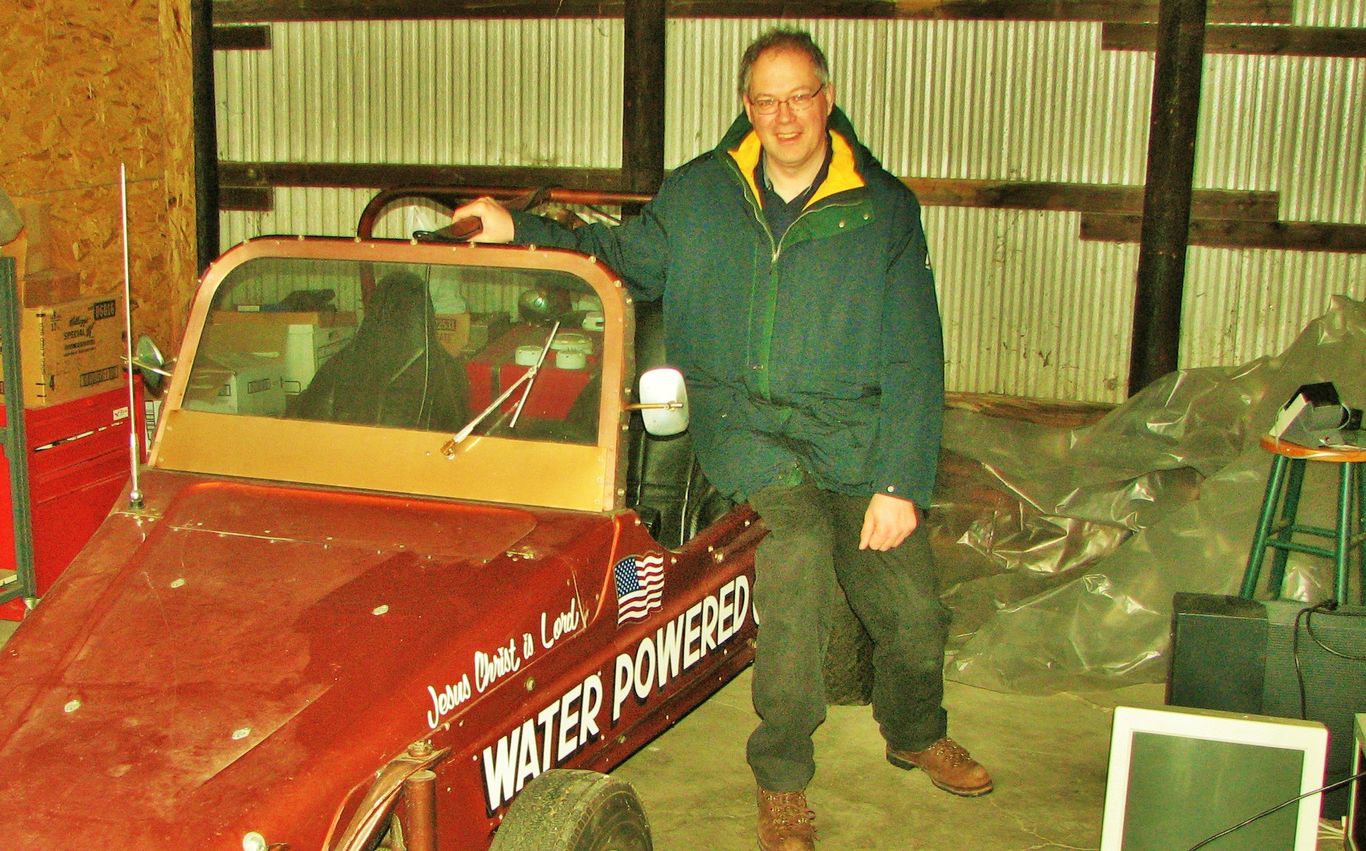Gilles Villeneuve was not alone at the time of the crash
07 July 2020 2 min read 5 images

Reopening a case that has remained largely unsolved for the past thirty years without any new clues is only possible if we analyse, in pure Agata Christie style, the exact positions of each of the suspects. The setting was the world of Formula 1 which, at the time, was going through a turbulent period with the arrival of Turbo engines, which only Renault and Ferrari were equipped to race with against the British manufacturers who still used woefully uncompetitive naturally-aspirated engines. The scene was the San Marino Grand Prix that took place on 25th April 1982 at Imola. The British teams, led by Bernie Ecclestone, had gone on strike complaining that it was impossible to reach the new weight restrictions and only 14 cars made it to the starting line with Ferrari and Renault clear favourites. The organizers feared that the huge crowd expected for the race, mostly made up of Ferraristi and, above all, fans of their hero Villeneuve were going to be disappointed by an uneventful race. Nosetto, the Race Director, invited the drivers of the favourite teams to push it. Prost, Arnoux and Villeneuve agreed. Pironi less so and made no attempt to hide it. There was a World Title to fight for and, with the Renaults suffering reliability problems, the chances of Ferrari bringing home a new world title were very real indeed.
Register to unlock this article
Signing up is free and gives you access to hundreds of articles and additional benefits. See what’s included in your free membership. See what's included in your free membership.
Already have an account? Log In


